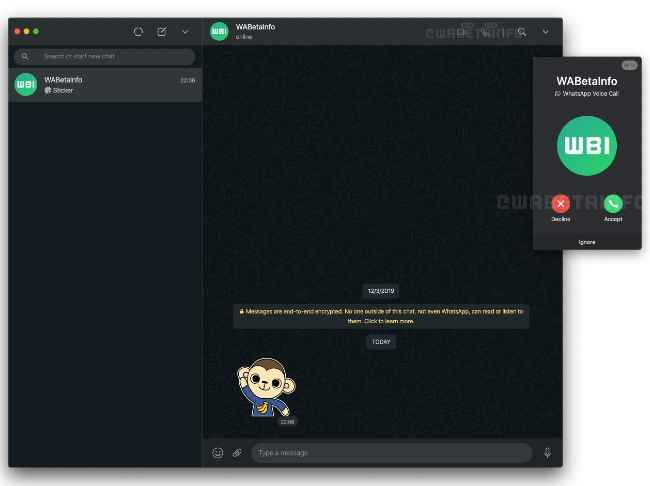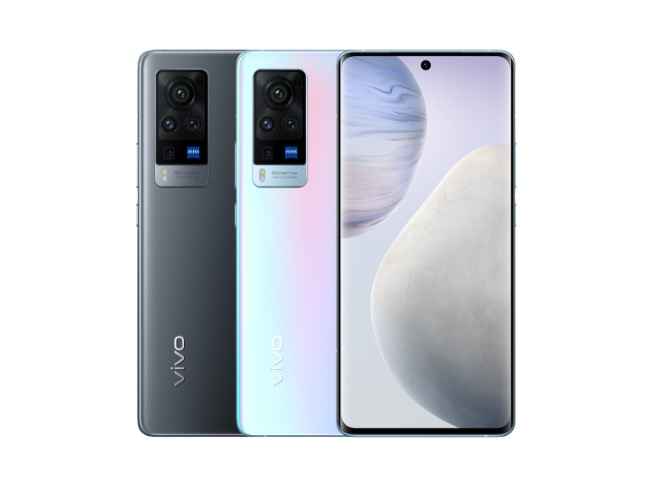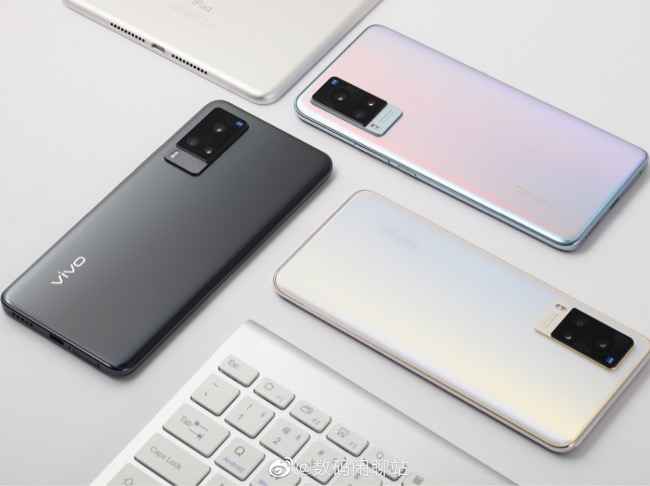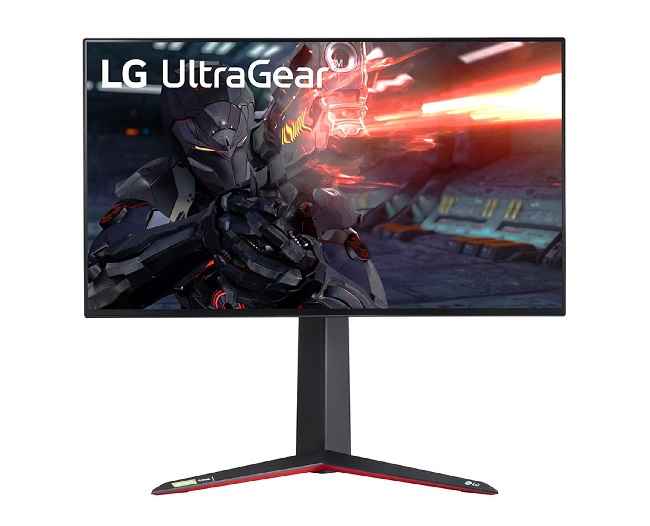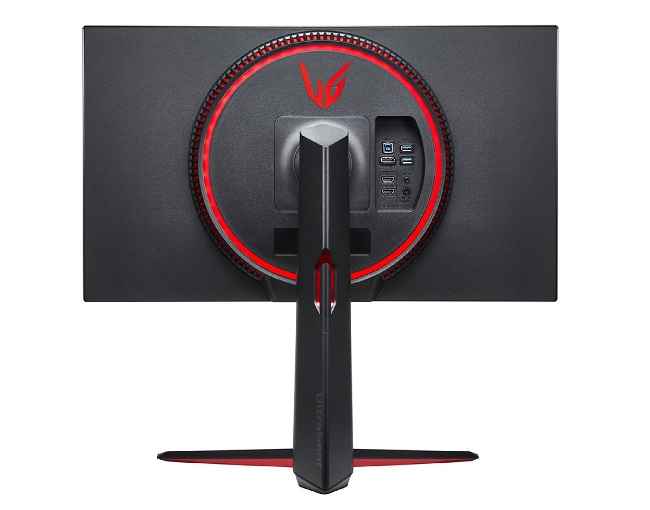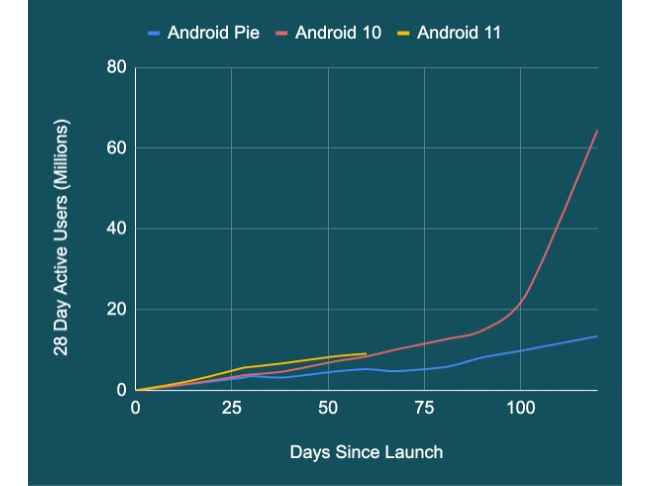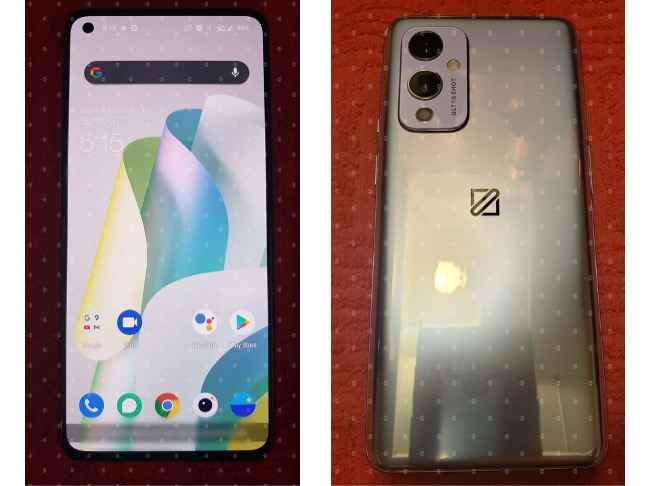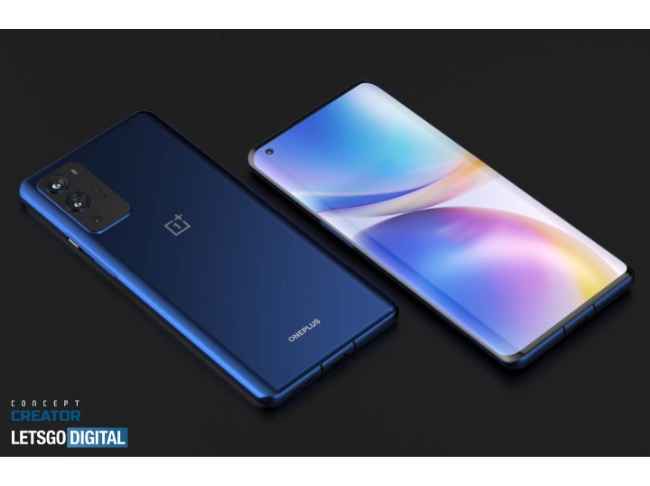The Echo Dot 4th Gen is a great smart speaker but despite a refreshing design and louder audio, it seems non-essential if you want to get the best value for money entry-level smart speaker. The Echo 3rd Gen is still a better deal with slightly inferior audio performance.
The Echo Dot 4th Gen arrives with a visual makeover to raise the benchmark set by the older Echo Dot speakers. It undoubtedly brings several changes over the 3rd Gen Echo Dot but also costs slightly higher, at Rs, 4,499. Amazon has moved on from the hockey puck-like shape to a spherical shape, that resembles a bonsai version of the bigger Echo 4th Gen.
Many of us look at the Echo Dot as the entry point into the smart home or voice assistance world, accompanied by the Google Nest Mini and the newly launched Mi Smart Speaker. While its affordable price does make it more accessible, it's often ignored that these speakers are made to work best in a group. Its small size and cheaper price tag allow you to set up multiple Echo Dots in each room to make the most of it. But that's something the cheaper Echo Dot 3rd Gen can do as well, so why to invest in the 4th Gen? We find out.
Design and build
The Echo Dot 4th Gen has morphed itself from a boring hockey-puck like shape to a bigger and not-so-discrete spheroidal form. Pulling it out of the box for the first time was quite refreshing as even though I saw it in pictures, I still wasn't sure of its size. The palm-sized speaker comes in black, white and blue (the one I received) colours.
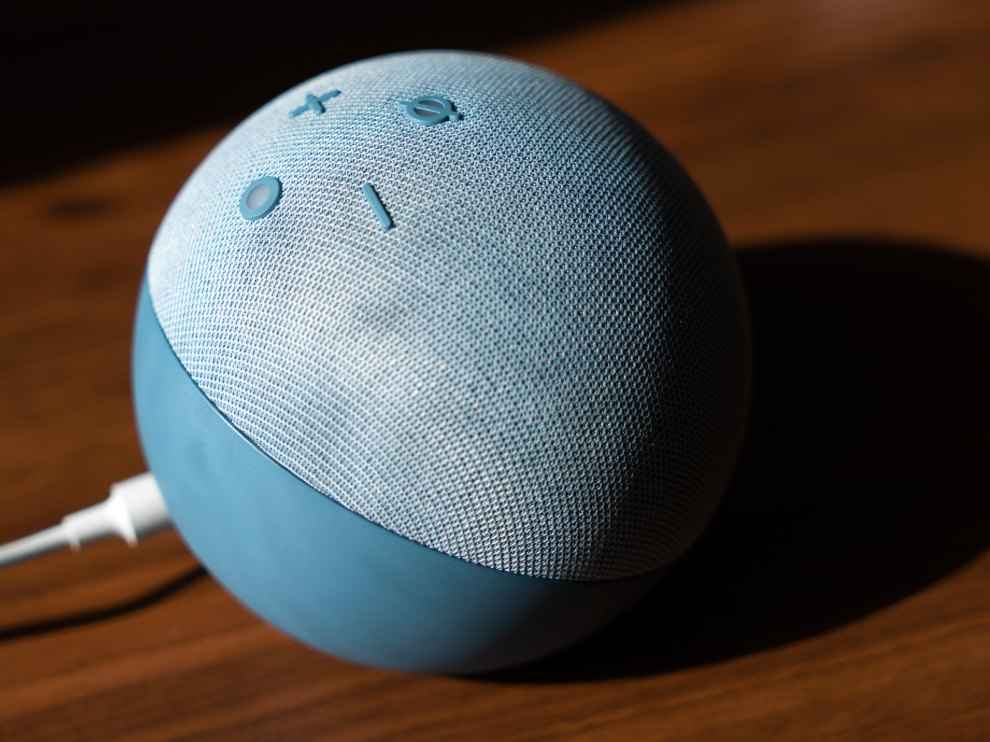
As we said, the design is refreshing, but it does remind you of the last-gen Dot as it uses the same muted mesh-covered design, albeit in a different geometrical profile as a welcome change. Yet, it's worth noting that Amazon has kept the footprint the same as the older generation Dot speakers. Which means that despite a taller design, it will not take up more shelf space. Do note that it's not as easy to mount on a wall like the previous design.
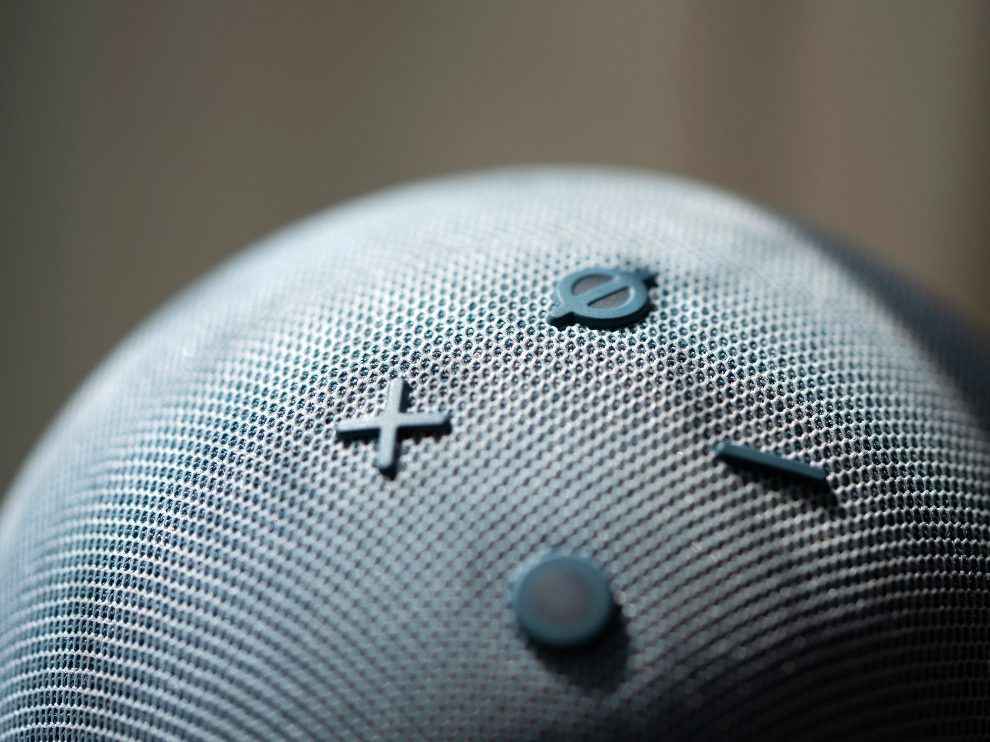
The ball-shaped speaker is covered with fabric mesh at the top, split diagonally where the bottom half is made of plastic and has a flat rubberized base. Unlike the previous models, Amazon Echo's signature ring light surrounds the base. It illuminates in red, yellow and blue like other Echo speakers. I can't deny that the light effects do give off a futuristic feel in the dark.
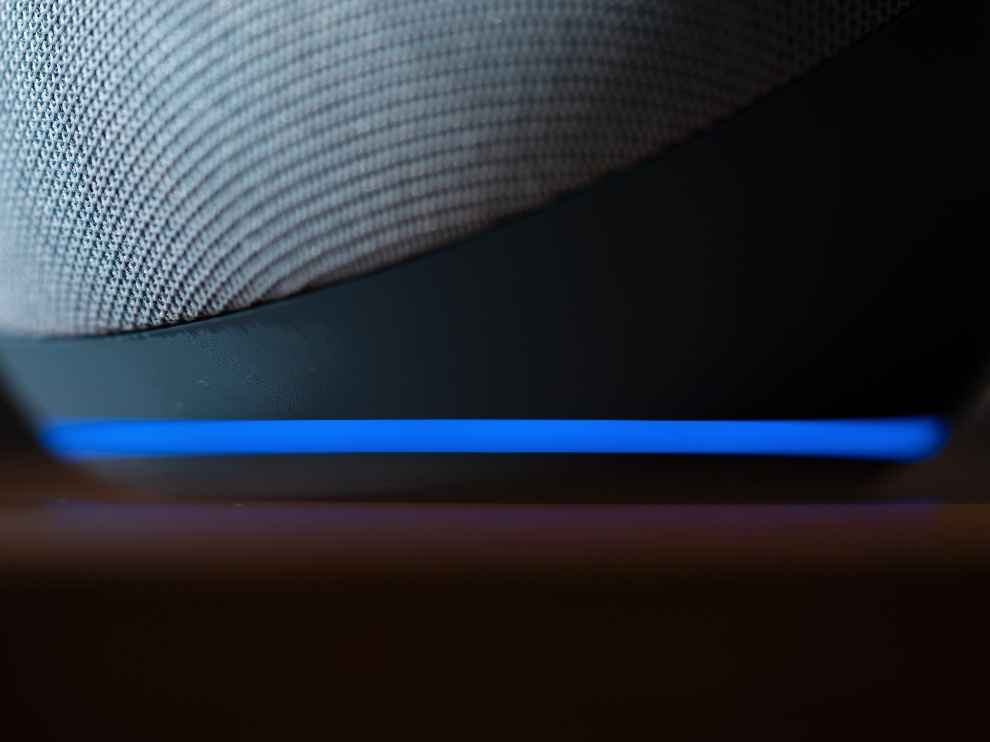
The four constant buttons of the Echo Dot - volume up/down, microphone on/off, and a button to wake Alexa - are placed right on the top. The power connector and 3.5mm audio jack are at the back. The 3.5mm jack can be used to connect an external speaker, a must-have feature in small speakers, but sadly it does not double as a line-in, in case you need it.

Interestingly, this time, the pricier Echo 4th Gen has the same design as the Dot, but double its size. And, it’s not just the size, but the Echo 4th Gen is priced double at Rs 8,999.
Setup
Setting up the Echo Dot 4th Gen is easy - more if you already have an Alexa device setup at your home. If that's the case, you just need to tap on the '+' button in the 'Devices' section to add the new device. The app will scan for nearby devices, and it will automatically add it to your home.

If this is your first Alexa device, you'll need to download the Alexa app from Play Store or App Store and go through the process of sign-in/sign up. Then you need to add the device, connect it to the home Wi-Fi, link accounts like your streaming service, music service and more.
Once you’ve set it up, you can start asking questions and giving commands. For tasks like booking a taxi, head over to the Skills & Games section of the app to enable the Ola and Uber skills. The same goes for other requests that need an Alexa Skill to be enabled beforehand.
Audio quality
After the design, the other major upgrade is in the audio performance. It has a more powerful 1.6-inch speaker; larger than the 3rd Gen's 1.1-inch speaker, and slightly more powerful than the 1.5-inch Nest Mini. Even during tests, the new Echo Dot sounded more powerful and fuller than the other two.
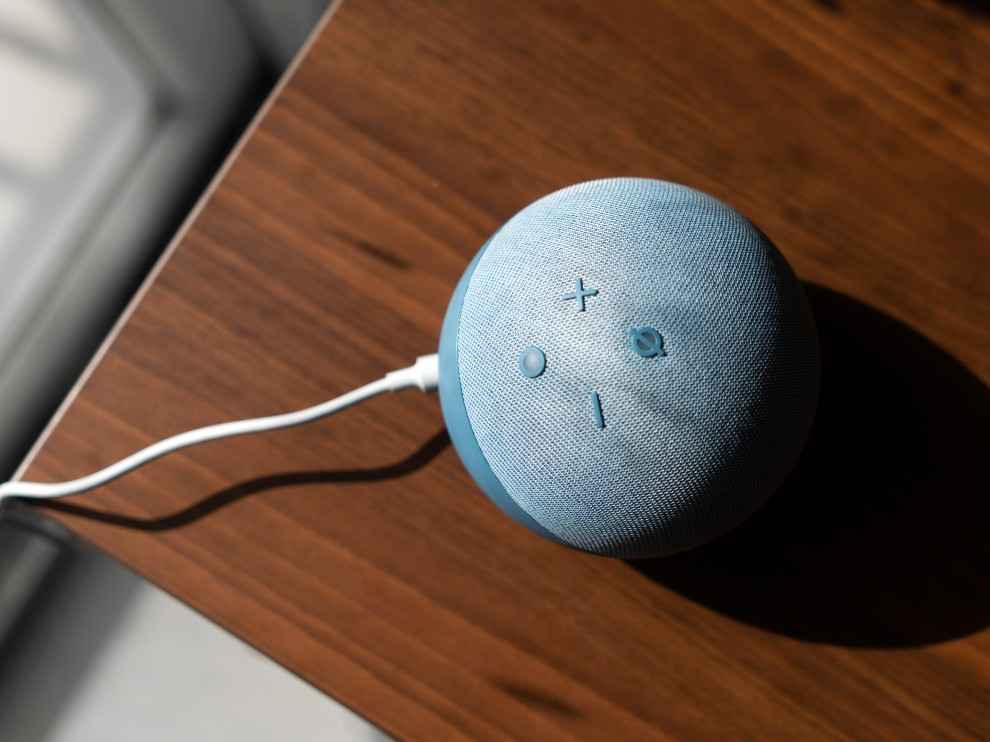
You will enjoy the audio unless you demand heavy bass from it. It is fairly loud and has sharp mids for great vocals and speech, but the lack of bass might upset R’n’B or trap fans. Its round shape might get you thinking it offers directional sound, but it's uni-directional, and even the soundstage is somewhat shallow.
The audio is much louder than the previous generation Dot, but it does face some competition from the Mi Smart Speaker. At the same price, the Mi Smart Speaker has a larger, more accommodating a 2.5-inch, 12W full-range driver to beat the Echo Dot in loudness and bass. The Echo Dot 4th Gen offers better-defined audio, whereas its competitor is a bit on the softer side. None of these speakers is good enough to crack a party, but if you care about the details more than loudness, the Echo Dot 4th Gen should be your pick.
If you wish to use your smart speaker as a go-to music player, you can pair two 4th Gen Dot speakers to get stereo sound, but I would recommend going for a Google Nest Audio or the 4th Gen Echo instead. If you've heard the previous Echo Dot speakers and find them suitable for your use, the 4th Gen is good enough for all use cases.
Microphone performance and voice response
When I reviewed the Google Nest Audio, I found its microphone performance to be more impressive than the audio performance. It turns out the Echo Dot 4th Gen nails it too.
In more than a month of usage, I don't remember when was the last time the new Dot disappointed at picking up voice commands. The mics are sensitive, and the AZ1 Neural Edge processor does an excellent job at recognition and response.
You only need to raise your voice if it's playing a song at volume 8 or above, and you are more than 10ft away from it.
Bottom line
The Echo Dot 4th Gen is a great entry-level smart speaker that hardly gives us a chance to complain and draws attention with its fresh look. Two compelling reasons to buy this speaker are its design and slightly louder audio output. For those who want to save more money, you can still consider the 3rd Gen Dot as there's nothing substantial to lose. On the flip-side, if you fancy the new design better in your setup, paying an extra Rs 1000 isn't a bad deal either. I would recommend you get it during sale events as the 4th and 3rd Gen Echo Dots sell as low as Rs 3499 and Rs 2499, respectively

from Latest Technology News https://ift.tt/2LOQ3qP
